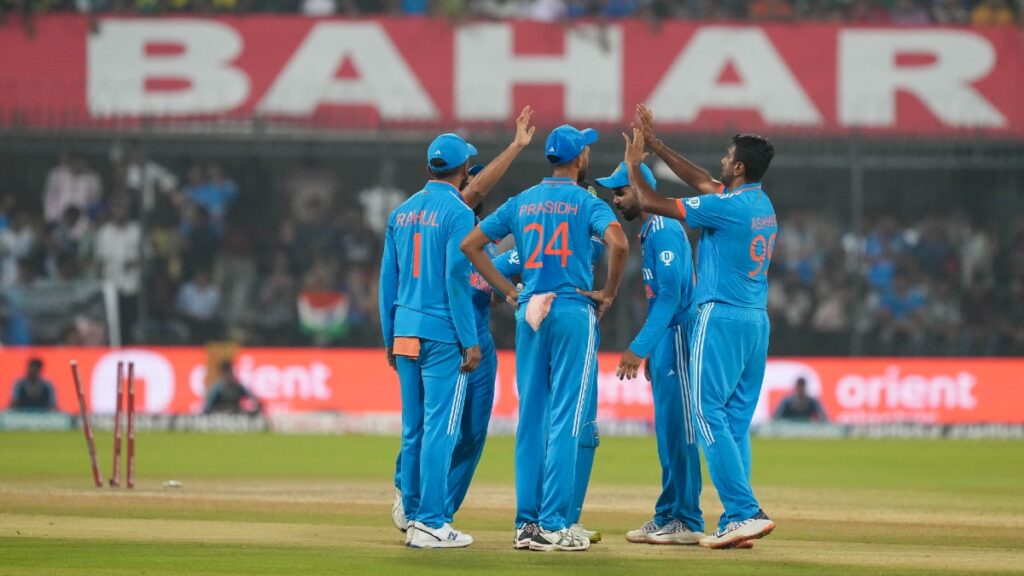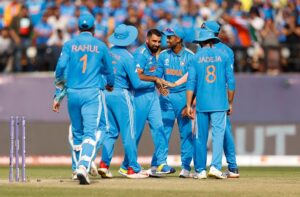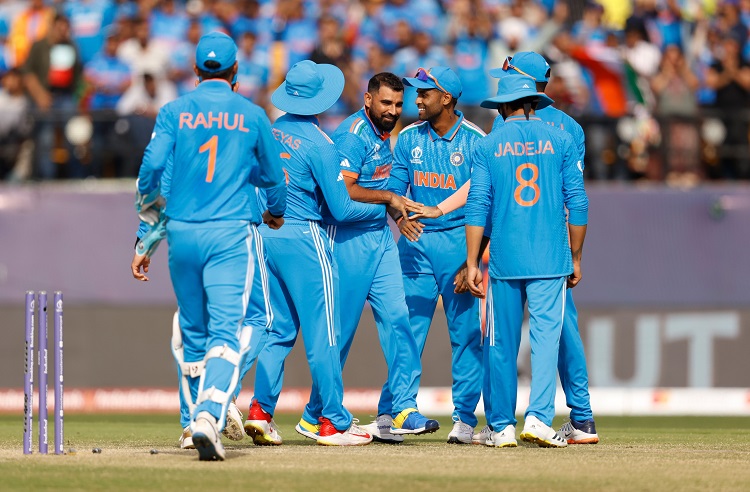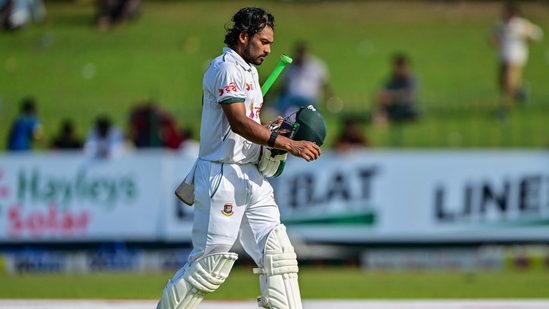ICC: The action continues in Major League Cricket 2025 as the Los Angeles Knight Riders (LAKR) gear up to take on the red-hot Washington Freedom (WF) in Match No. 17 at the iconic Grand Prairie Stadium in Dallas. Scheduled for Friday, June 27 at 5:30 AM IST, this match carries significant weight as the league stage inches toward its conclusion and the playoff spots are still up for grabs.

Table of Contents
LAKR Look to Bounce Back After Tough Loss
ICC: Currently placed fifth on the points table, the Los Angeles Knight Riders are in desperate need of a win to stay in contention for the knockouts. Despite boasting a star-studded lineup, LAKR failed to chase down a mammoth 197-run target in…
[15:40, 26/06/2025] Tanya Shukla: ICC Introduces Stop Clock Rule in Test Cricket: 5-Run Penalty for Slow Over Rate
In a bold move to enhance the pace and excitement of the longest format of the game, the International Cricket Council (ICC) has officially implemented the stop clock rule in Test cricket. After successfully trialing this rule in One-Day Internationals (ODIs) and T20 Internationals (T20Is), the governing body has now brought it to red-ball cricket—where over-rate issues have long plagued the game.
The rule came into effect with the start of the World Test Championship (WTC) 2025–27 cycle, which began on June 17, and has already been applied in the Sri Lanka vs Bangladesh Test in Galle.
What Is the New Stop Clock Rule in Test Cricket?
ICC: Under this new regulation, the fielding team must be ready to bowl the next over within 60 seconds of the previous over ending. If they fail to do so:
They will receive two official warnings from the on-field umpires.
If the same delay happens a third time, the batting side will be awarded 5 penalty runs.
These 5 runs will be directly added to the batting team’s total.
The warning count will reset after every block of 80 overs, similar to how new balls are introduced in Tests.
This clock will visibly count up from 0 to 60 seconds, giving fans and players a clear sense of the countdown—similar in spirit to a shot clock in basketball or a serve clock in tennis.
Why This Rule Was Needed in Test Cricket
ICC: Over-rate issues have long been a sore point in Test cricket. Extended field settings, bowler discussions, and general delays have caused games to drift, making them dull for fans, especially in stadiums. Though fines and over-rate penalties were already in place, they largely impacted players monetarily and had minimal effect on the actual match outcome.
By introducing the stop clock with a real-time scoring consequence, the ICC aims to:
Improve the pace of play in Test matches.
Reduce dead time and make the format more appealing to modern audiences.
Hold teams accountable on the field, rather than just financially.
Stop Clock Rule Already in Use in Limited-Overs Cricket
ICC: This isn’t a completely new experiment for the ICC. The stop clock rule was first introduced in white-ball cricket in 2023, and has since become a mandatory regulation in ODIs and T20Is. It received praise for improving game flow and maintaining intensity.
With that success in mind, the ICC felt the time was right to bring it into Test matches—a format often criticized for slow gameplay and waning interest among casual viewers.
A Step Closer to Time-Out Rule?
ICC: This new over-rate rule in some ways resembles the Time-Out regulation seen in franchise cricket, such as the SA20 League, where a batter can be dismissed for not being ready to face the ball within a specific time frame.
In the case of the stop clock in Test cricket, it’s not the batter but the bowling team that faces consequences—in the form of runs given away for being too slow to resume play. This could significantly impact tightly contested Test matches, where every run counts.
Early Reactions and Implementation
ICC: The rule made its debut during the Sri Lanka vs Bangladesh Test in Galle, and early reactions have been mixed:
Fans welcomed the move, noting the faster over transitions and better viewing experience.
Players, especially bowlers and captains, have voiced the need for precise time management and coordination to avoid costly penalties.
With such a rule now in effect, teams will likely need to rethink field placements, bowling rotations, and on-field tactics to ensure they stay within the 60-second window.
Final Thoughts: A Welcome Change for a Classic Format
ICC: Test cricket, while rich in tradition, must evolve to stay relevant in the era of fast-paced sports. The introduction of the stop clock rule in red-ball cricket is a promising step in that direction. It introduces urgency, discipline, and consequences, making the game more engaging without compromising its depth.
Whether you’re a die-hard Test purist or a new-age cricket fan, one thing is clear—cricket is moving forward, and the stop clock might just be the ticking heart of this transformation.
What do you think about the stop clock in Tests? Will it improve the pace or hurt strategy? Share your thoughts and join the conversation!











